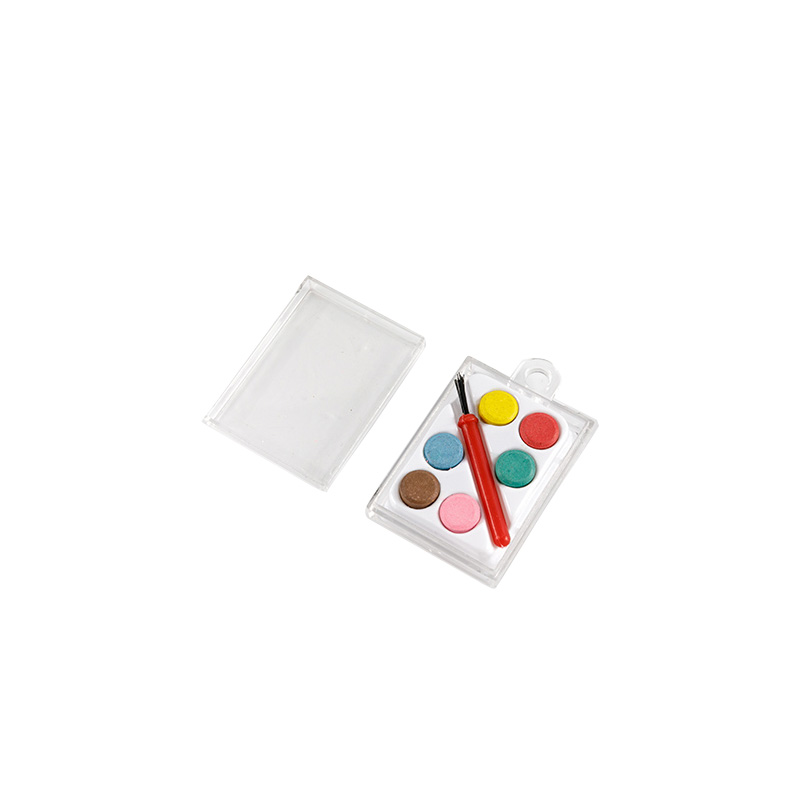What are watercolor paints made of?
2023-10-18
The pigments are finely ground particles that give the paint its color, while the binders are substances that hold the pigment particles together and adhere them to the paper or other surface being painted. The solvents, usually water, are used to thin the paint and make it easier to apply.
The pigments used in watercolor paints can come from a variety of sources, including minerals, plants, and synthetic compounds. Some common pigments used in watercolors include cadmium red, ultramarine blue, and burnt sienna.
The binders used in watercolor paints are typically natural gums or synthetic polymers. Gum arabic, a natural gum derived from the sap of the acacia tree, is one of the most common binders used in watercolors. Other binders used in watercolors include carboxymethyl cellulose (CMC), a synthetic polymer, and polyvinyl alcohol (PVA), a water-soluble synthetic resin.
Watercolor paints can be sold in several forms, including tubes, pans, and liquid. Tube watercolors are the most popular and are squeezed onto a palette or directly onto the paper. Pan watercolors are sold in small cakes that can be activated with water and a brush. Liquid watercolors come in bottles and are usually more concentrated than tube or pan watercolors, requiring more dilution with water.



